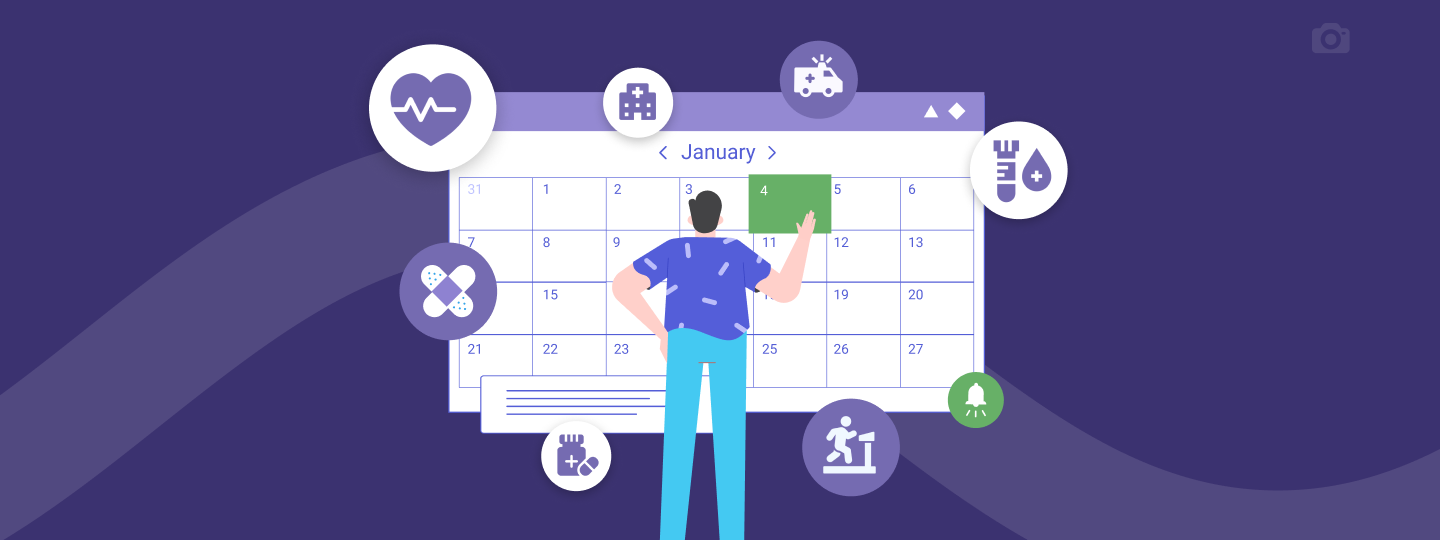Patient Experience (PX) is the #1 priority for any healthcare business.
81% of consumers are unsatisfied with their healthcare experience
One of the biggest factors for a patient to revisit any hospital or a healthcare facility is the doctor and the brand of the healthcare provider.
Assuming the medical care and service were the same in two medical facilities, patients would rather choose to return to the one with the best communication and customer experience.
Patient loyalty drives the success of your healthcare brand, and the patient satisfaction rate has a huge impact on patient loyalty.
Unfortunately, maintaining experience and satisfaction at high levels is a challenging feat.
In the past, the physical locations of healthcare facilities were fundamental in acquiring and retaining patients. If you wanted to attract new patients, you needed to build where people lived.
However, technology is stretching the borders when it comes to accessible care. Using online solutions, patients can access a wide variety of healthcare services across various cities, states, and countries.
This implies for current and future healthcare facilities; physical locations play a less important role when patients choose their providers. Healthcare businesses that lack online solutions are at risk of losing their customer base to competitors who are embracing these approaches.
If you’re wondering how your brand can stay afloat amidst these realities, having a personalized marketing strategy leads to a better patient experience, which positively affects their loyalty towards your brand.
We compiled these strategies to help you increase patient satisfaction, appointment adherence rate, and follow-up appointment rate.
Why are your patients switching healthcare providers?
According to NRC Health, 80% of patients would change their provider solely due to their experience.
A great way to enhance the patient’s experience is to provide timely, accurate, and accessible information.
As a patient, have you ever
- Sent messages or emails through the patient portal and never got a reply?
- Missed your doctor’s appointment because you forgot the time and date scheduled?
- Left a healthcare provider due to a long waiting time and zero response when asked why.
You can testify that the list goes on and on, and it all boils down to poor communication between healthcare providers (brands) and consumers (patients).
Healthcare providers can address these issues by leveraging a robust marketing automation platform to create contextual, timely, and accurate campaigns.
And it all begins with connecting the provider’s tech stack to the marketing automation platform and ensuring that there’s a seamless flow of data into the CDP; this is the data that will be used for further segmentation.
Vezeeta, a leading digital outpatient service, used WebEngage’s best-in-class journey builder and its omnichannel suite to increase orders and appointments by 47%.
Segmenting Your Patients for Personalized Communication
Healthcare providers can segment their customers into smaller segments based on their health conditions, risk levels, or specific health indicators.
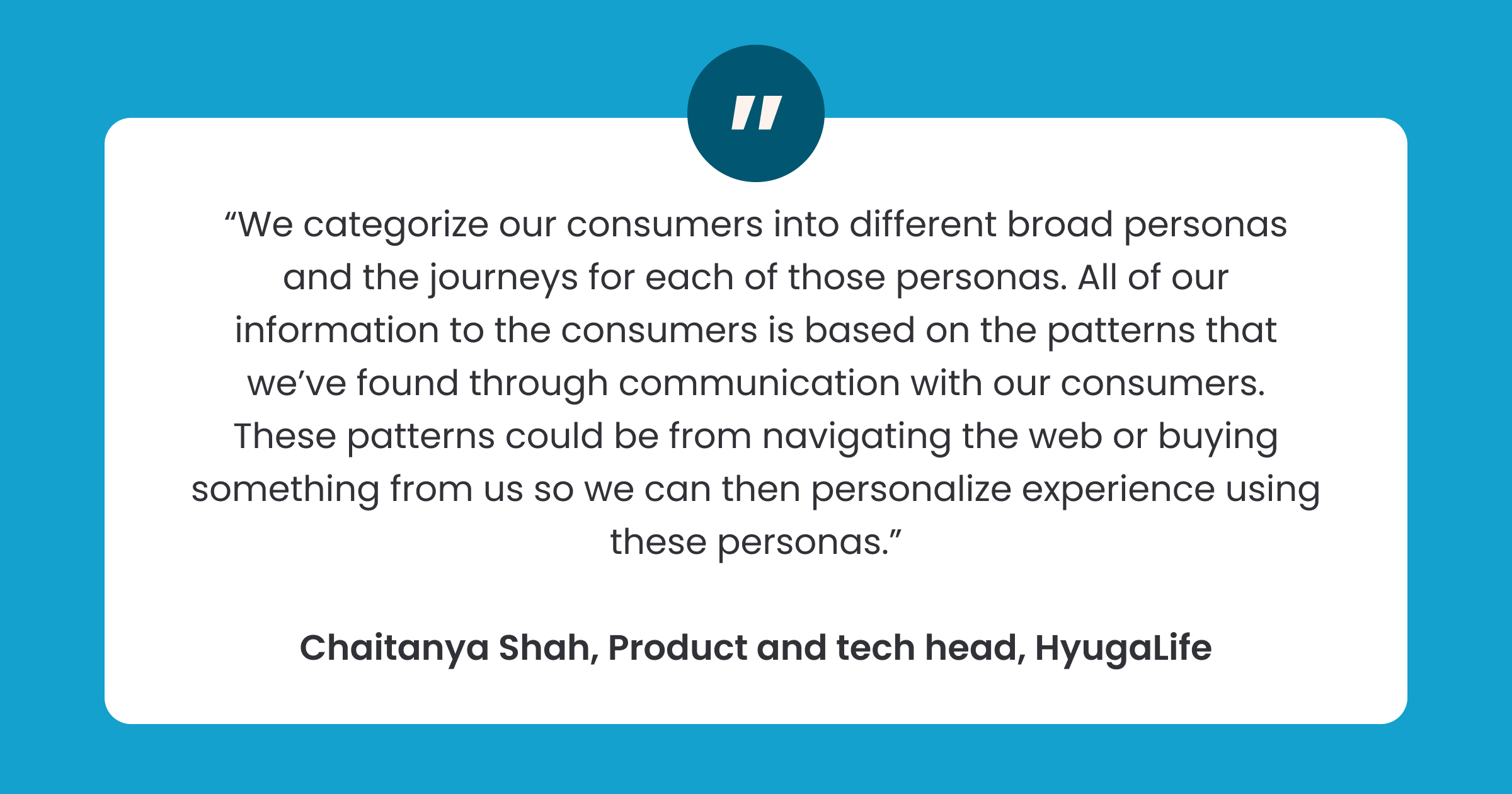
For healthcare brands, some of these segments can be:
-
- Condition-Based
Healthcare providers can categorize patients based on user attributes like medical conditions, such as diabetes, cardiovascular diseases, or respiratory conditions. Once the segments are built, you can build targeted campaigns that motivate the patient to take the next best step.
Using our CDP at WebEngage, you can use data like user attributes, user events, acquisition channels, and many more in sending your targeted campaigns.
-
- Risk-Level
Not every patient exhibits an equal risk; someone with diabetes requires a different treatment than someone who’s at a pre-diabetic stage. Other risk profiles could also be based on elevated cholesterol levels, genetic predispositions, or lifestyle factors.
You can use risk levels as a rule of segmentation and build contextual campaigns that are personalized to every segment.
- Patient Experience (PX) is the #1 priority for any healthcare business.81% of consumers are unsatisfied with their healthcare experienceOne of the biggest factors for a patient to revisit any hospital or a healthcare facility is the doctor and the brand of the healthcare provider.Assuming the medical care and service were the same in two medical facilities, patients would rather choose to return to the one with the best communication and customer experience.
Patient loyalty drives the success of your healthcare brand, and the patient satisfaction rate has a huge impact on patient loyalty.
Unfortunately, maintaining experience and satisfaction at high levels is a challenging feat.In the past, the physical locations of healthcare facilities were fundamental in acquiring and retaining patients. If you wanted to attract new patients, you needed to build where people lived.
However, technology is stretching the borders when it comes to accessible care. Using online solutions, patients can access a wide variety of healthcare services across various cities, states, and countries.
This implies for current and future healthcare facilities; physical locations play a less important role when patients choose their providers. Healthcare businesses that lack online solutions are at risk of losing their customer base to competitors who are embracing these approaches.
If you’re wondering how your brand can stay afloat amidst these realities, having a personalized marketing strategy leads to a better patient experience, which positively affects their loyalty towards your brand.
We compiled these strategies to help you increase patient satisfaction, appointment adherence rate, and follow-up appointment rate.
Why are your patients switching healthcare providers?
According to NRC Health, 80% of patients would change their provider solely due to their experience.
A great way to enhance the patient’s experience is to provide timely, accurate, and accessible information.
As a patient, have you ever
- Sent messages or emails through the patient portal and never got a reply?
- Missed your doctor’s appointment because you forgot the time and date scheduled?
- Left a healthcare provider due to a long waiting time and zero response when asked why.
You can testify that the list goes on and on, and it all boils down to poor communication between healthcare providers (brands) and consumers (patients).
Healthcare providers can address these issues by leveraging a robust marketing automation platform to create contextual, timely, and accurate campaigns.
And it all begins with connecting the provider’s tech stack to the marketing automation platform and ensuring that there’s a seamless flow of data into the CDP; this is the data that will be used for further segmentation.
Vezeeta, a leading digital outpatient service, used WebEngage’s best-in-class journey builder and its omnichannel suite to increase orders and appointments by 47%.
Segmenting Your Patients for Personalized Communication
Healthcare providers can segment their customers into smaller segments based on their health conditions, risk levels, or specific health indicators.
For healthcare brands, some of these segments can be:
-
- Condition-Based
Healthcare providers can categorize patients based on user attributes like medical conditions, such as diabetes, cardiovascular diseases, or respiratory conditions. Once the segments are built, you can build targeted campaigns that motivate the patient to take the next best step.
Using our CDP at WebEngage, you can use data like user attributes, user events, acquisition channels, and many more in sending your targeted campaigns.
-
- Risk-Level
Not every patient exhibits an equal risk; someone with diabetes requires a different treatment than someone who’s at a pre-diabetic stage. Other risk profiles could also be based on elevated cholesterol levels, genetic predispositions, or lifestyle factors.
You can use risk levels as a rule of segmentation and build contextual campaigns that are personalized to every segment.
-
- RFM Based
As a healthcare provider, implementing RFM analysis involves using patient data across their – Recency, Frequency, and Monetary contributions.
This analysis can help to know how often patients engage with healthcare services and their financial involvement. In turn, gives providers more insights to create tailored communication strategies.
-
- Predictive Segments
Predictive segments are created using patients’ algorithms to anticipate their behavior and preferences thereby providing them with potential care.
Analyzing past data and patterns helps healthcare providers predict potential health concerns and address them proactively through communication. This ensures that the information reaching the patients is aligned with their health needs.
Strategies to Boost Patient Satisfaction Rate
Once you have segmented your customers based on the data available to you, these recommendations will come in handy.
1. Targeted Educational Campaigns:
As healthcare providers, you can develop targeted educational campaigns tailored to each patient segment.
Share relevant information about their specific health condition, recommended lifestyle changes, and additional resources for managing their health.
You can use personalized emails, SMS alerts, WhatsApp messages, and targeted content on the healthcare provider sites. This can help them better understand and manage their condition.
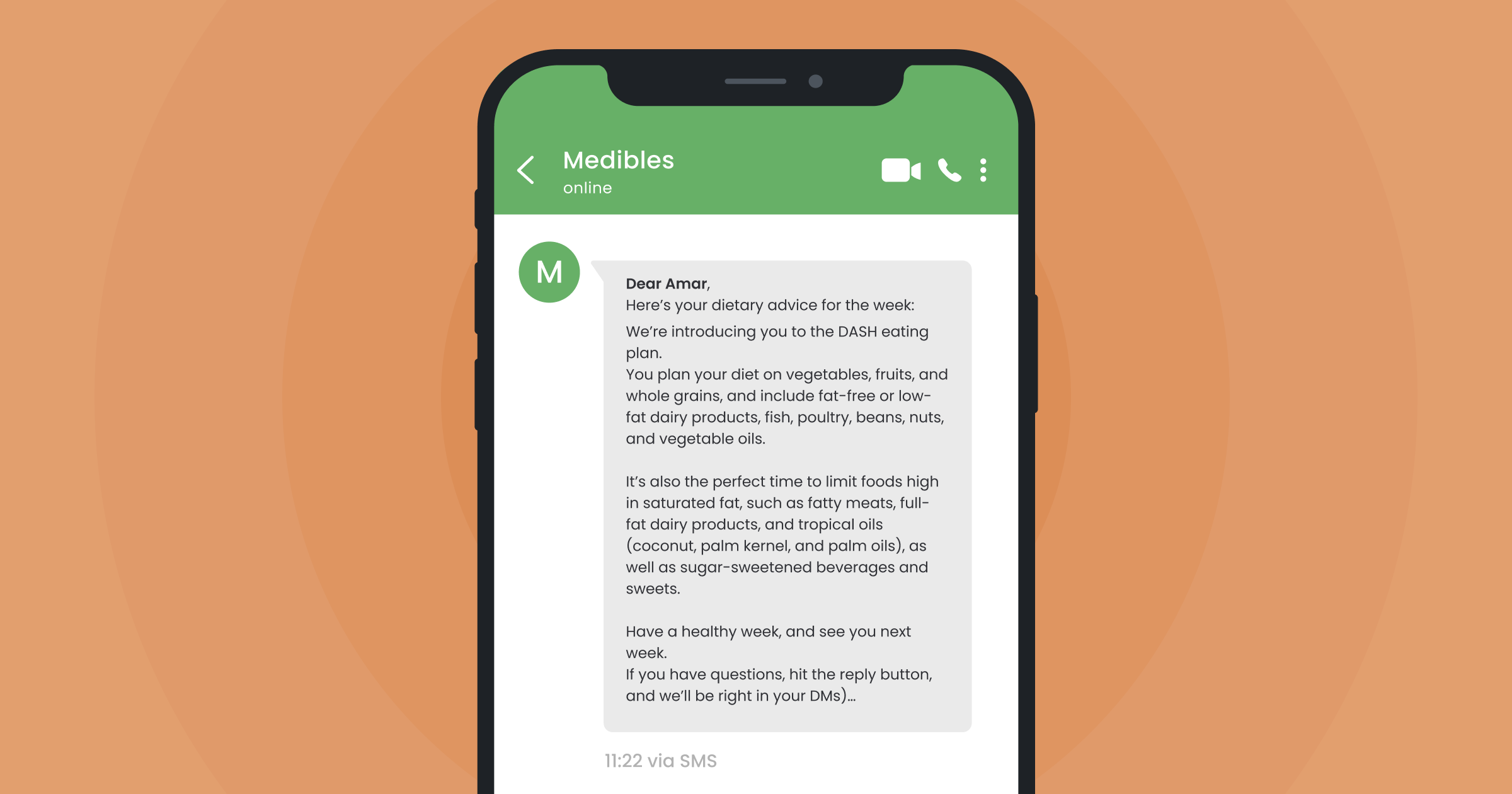
With WebEngage, Taibyat, a D2C digital healthcare brand, achieved an 18% push notifications click-through rate using emails and push notifications as triggered and automated campaigns based on customer segments. Read the full impact story here.
2. Personalized Health and Wellness Recommendations
You can also create personalized health and wellness recommendations based on the patient’s test results.
For instance, if a patient has high cholesterol levels, the campaign could include tips on heart-healthy diets, exercise routines, and information about cholesterol-lowering medications.
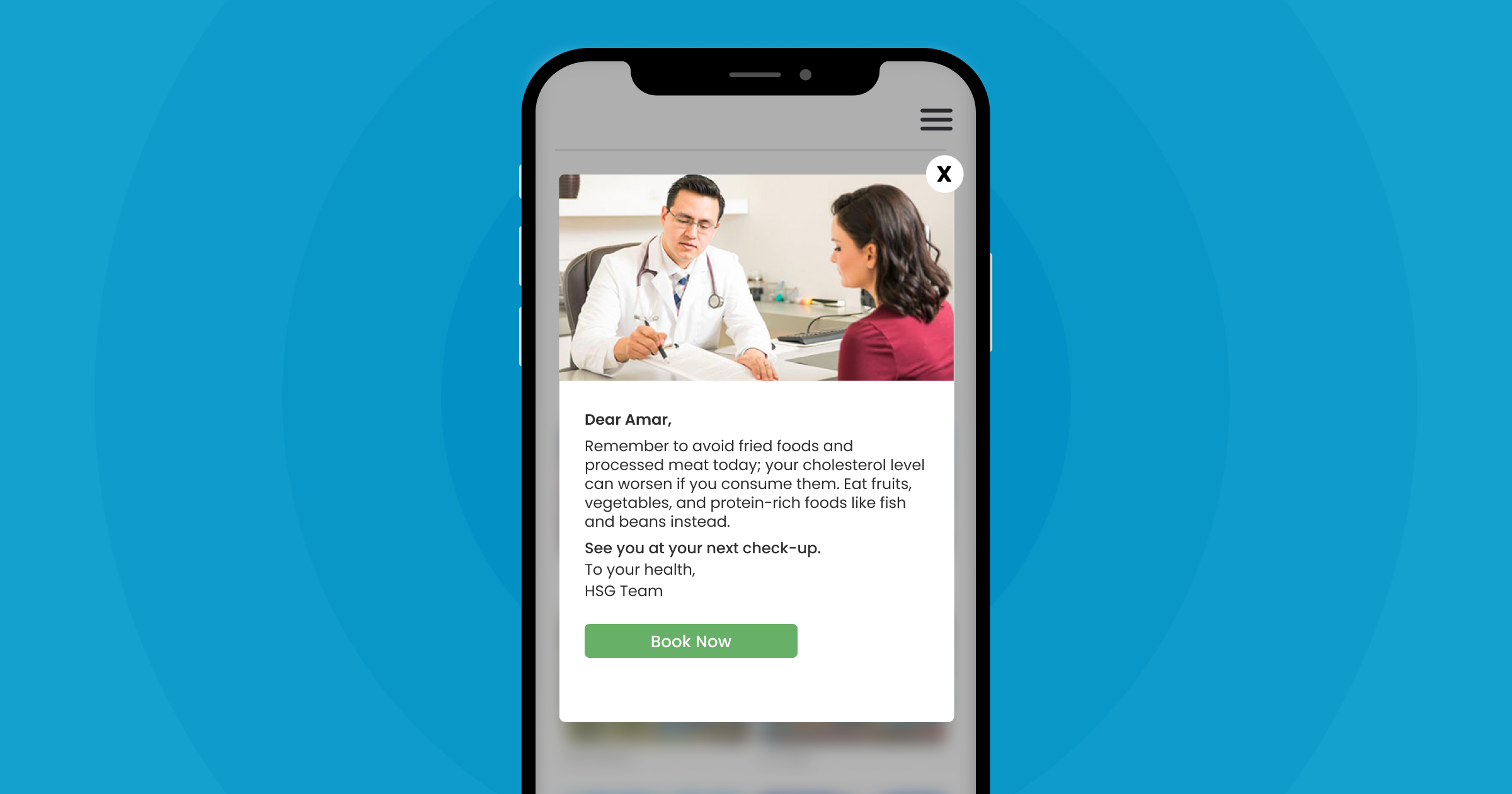
3. Automated Follow-Up Communication
Setting up automated follow-up communication to reach out to patients after they have received their test results is also a good way to show your care as a health provider.
This can include messages expressing concern, providing further explanation of results, and offering support for any necessary follow-up actions.
For example, you can automate a patient’s post-surgery follow-up outlining post-operative care instructions, potential symptoms to monitor, and a schedule for their follow-up appointments.

Even if you physically tell the patient, it shows initiative when you follow up, and this is what breeds patient loyalty.
4. Appointment Reminders for Follow-Up Tests
Some patients can get busy and forget their appointment schedules, and reminders can come in handy.
You can automate appointment reminders for follow-up tests or screenings based on the frequency recommended by healthcare providers. This ensures that patients stay on track with their health monitoring and preventive care.
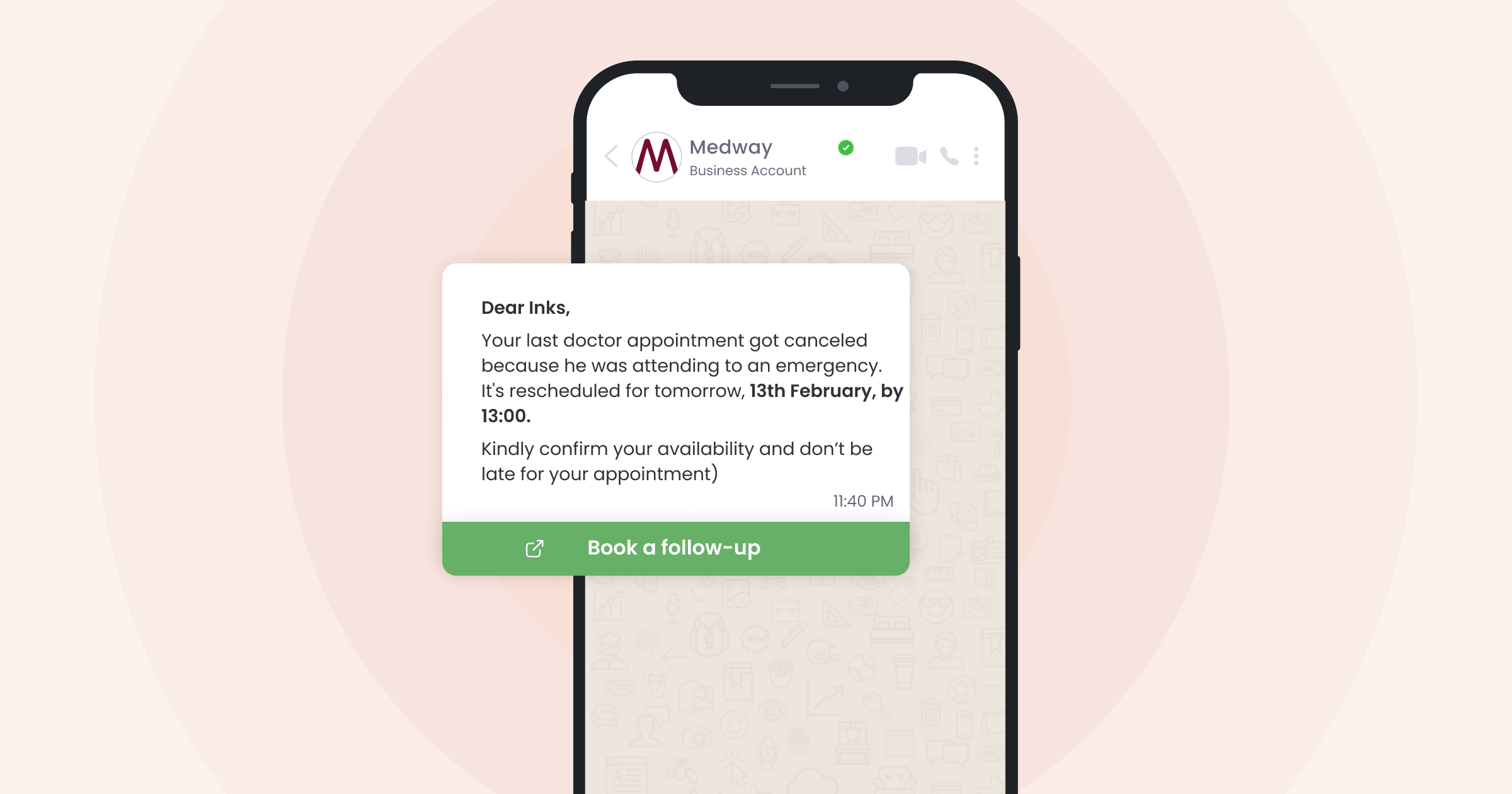
5. Nutritional Guidance and Meal Planning
You can offer personalized nutritional guidance and meal planning based on the patient’s test results. This can be particularly beneficial for conditions like diabetes, where dietary choices play a crucial role in management.
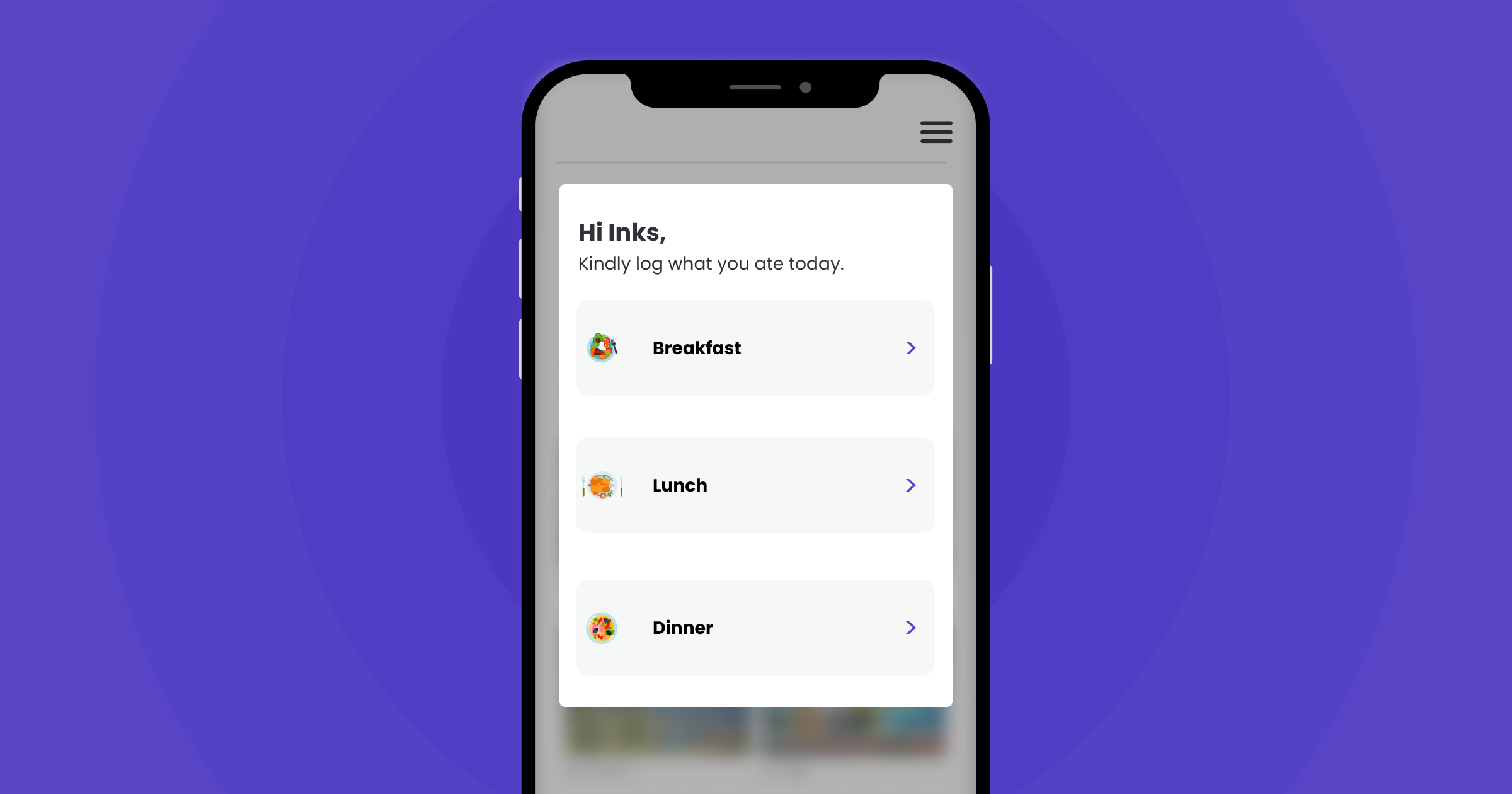
WebEngage’s marketing automation tool can integrate with calorie-counting platforms like Healthify.me, and they can analyze the nutritional information, providing necessary feedback and insights to patients.
6. Health Challenges and Rewards Programs
A well-connected communication stack will help you increase the efficacy of your rewards program. Providers can use challenges related to weight management, blood pressure control, or other health goals identified through test results to push rewards for patients.
This can prove helpful in boosting patient loyalty and turning your patients into brand advocates.
Boost Patient Experience with WebEngage
Patient Experience is the single most important factor affecting patient loyalty, and a robust marketing strategy is critical for you to nail this.
There has never been a better time for a healthcare provider to leverage a cutting-edge marketing automation platform that helps ace patient experience and further enhance patient loyalty.
WebEngage has worked with brands within different sub-sectors of the healthcare industry and has experience handling complex use cases. We comply with military-grade security standards & privacy regulations and have proven to handle confidential data with top-notch security.
Just like we did with DentalKart, India’s largest e-commerce dental brand, which led to a 20% increase in unique conversions for subscriptions through in-app campaigns and a 73% increase in MAUs in the first 6 months of 2023. Read all the juicy details here.
If you’re looking to understand how WebEngage can help you enhance patient experience and loyalty, feel free to book a free demo with one of our solution consultants.




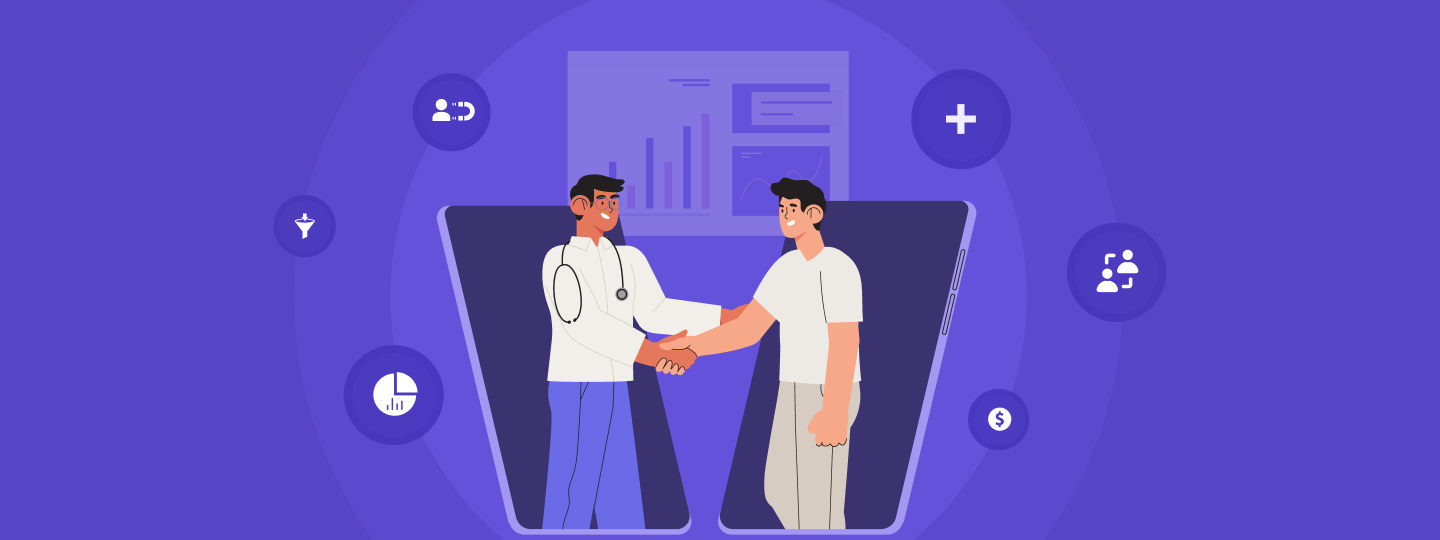

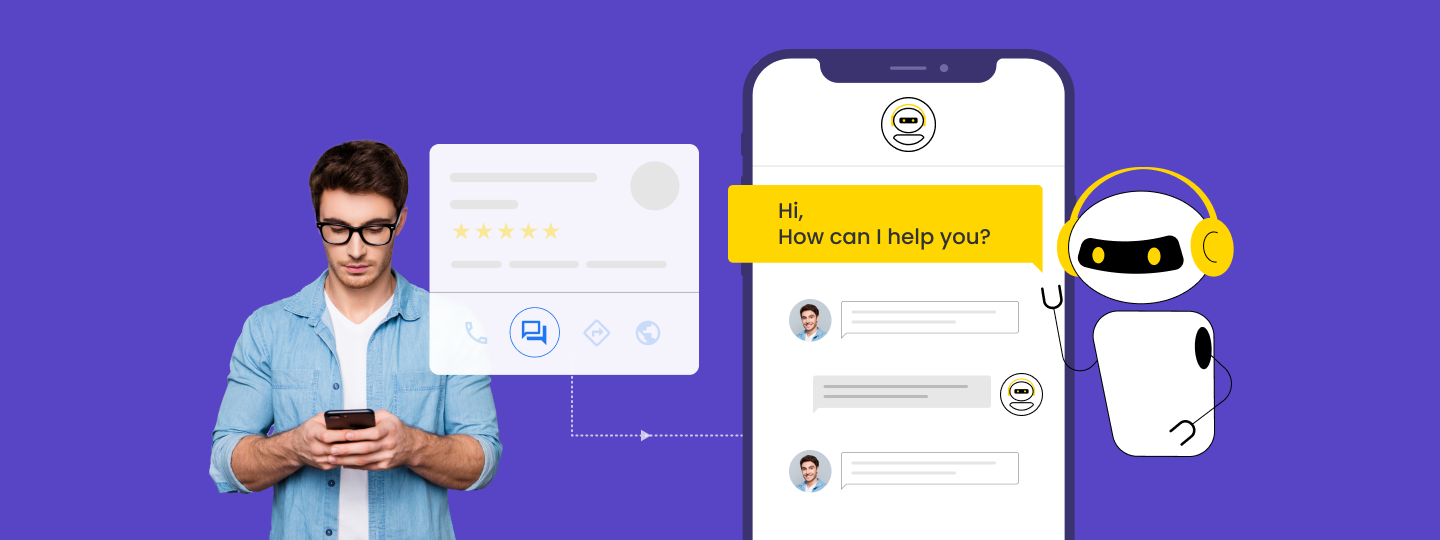
 Dev Iyer
Dev Iyer
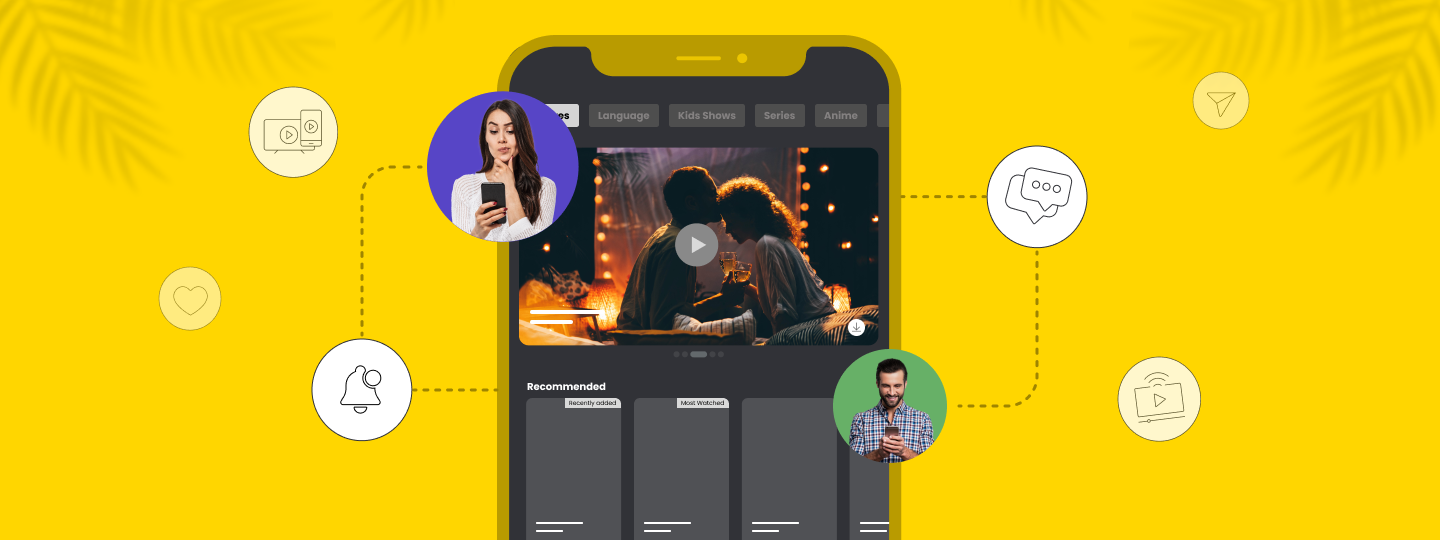
 Vanhishikha Bhargava
Vanhishikha Bhargava

